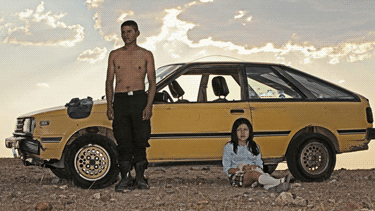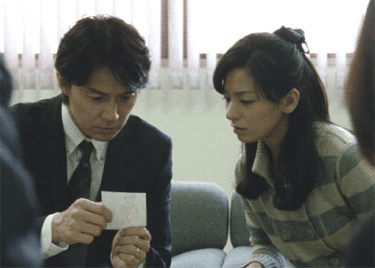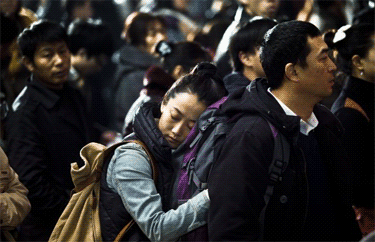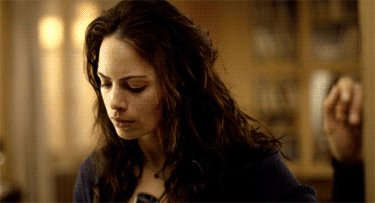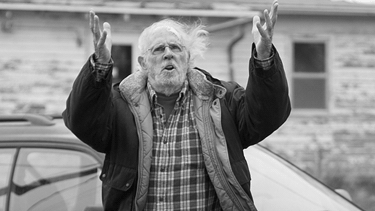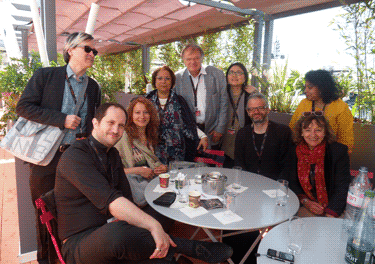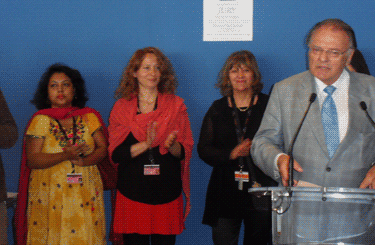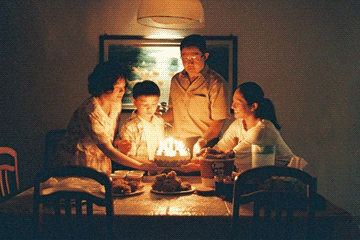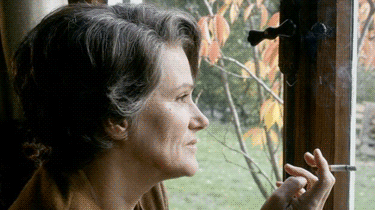|
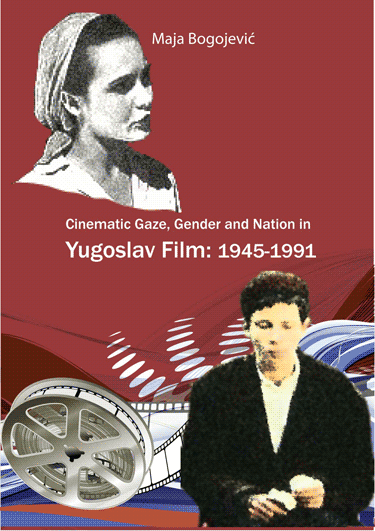
Knjiga Filmski pogled, rod i nacija u jugoslovenskom filmu: od 1945. do 1991, koja je bazirana na istoimenoj doktorskoj tezi, bavi se pitanjem - kojim se ranije rijetko ko bavio - kompleksnih odnosa izmedju filma i roda u Jugoslaviji od kraja 2. svjetskog rata do raspada Jugoslavije. Istorijski i ideološki specifična, ali još uvijek akademski nedovoljno istražena, ova tema nudi brojne mogućnosti za inovativno akademsko istraživanje, sistematizovanje i procjenjivanje. Dr Maja Bogojević se usudila da uradi upravo ovo. Nemoguće je istaći u dovoljnoj mjeri njen pionirski, teorijski originalan i, u konačnoj instanci, inspiritivan rad o jugoslovenskom filmu i njegovom rodu i rodovima.
U dugom i sjajno strukturiranom prvom poglavlju, Maja Bogojević se bavi različitim filmskim teorijama koje uvode koncept roda ili proizilaze iz feminističke teorije, sa posebnom pažnjom posvećenom konceptu "filmskog pogleda", koji je prvo formulisala Lora Malvi. Autorka istražuje i procjenjuje sve najvažnije filmske teorije prošlog stoljeća, tako da sâmo 1. poglavlje predstavlja do sada najpregledniji teorijski udžbenik, koji sadrži sve relevantne teorije misli i škole interpretacije.
Drugo poglavlje predstavlja kompleksni pregled jugoslovenskog filma, koji nije strukturisan prema čistom diahronicitetu, već prema konceptualizovanoj istoriji promjena, vladajućim školama misli i inovacijama, vodeći do glavne teme – pozicije žena u društvu.
U trećem poglavlju, analiziran je veliki broj jugoslovenskih filmova, sa fokusom na problematiku ideološkog uticaja (socijalističke ideologije). Ovdje se ističe poseban kvalitet inovativnosti: autorka nije samo talentovana istoričarka kulture, već i iskusna filmska kritičarka, koja koristi vještine evaluacije, analize i interpretacije umjetničkog djela kako bi povezala svoje teorijske pozicije sa temom istraživanja. Pravi užitak za čitanje, zahvaljujući elegantnom autorkinom stilu, ovaj dio se završava sa dugo priželjkivanom perspektivom recepcije jugoslovenskog filma.
U četvrtom poglavlju, autorka analizira novu, društveno i kulturno provokativnu jugoslovensku filmsku produkciju 60-ih i 70-ih godina, koja se često pozicionirala u jugoslovenskoj disidenciji i revoltu protiv jugoslovenskog para-staljinističkog režima. Ovu poziciju djelimično raskrinkava autorka, čije ponovno iščitavanje i re-interpretacija filmskog teksta smještaju filmsku avangardu u okvire osvetničkog patrijarhata, koji je našao svoj način za obračun ne samo sa užasavajućom situacijom u kojoj su se nalazili jugoslovensko društvo i jugoslovenska kinematografija, već i sa socijalističkim položajem žena. Bogojević detaljno preispituje ovu ambivalentnu situaciju novog filma i insistira na uravnoteženom, ali kritičkom pristupu ovoj "svetoj" zoni jugoslovenskog filmskog identiteta i slave. Autorkine tvrdnje, usmjerene ne samo na filmsku produkciju, već i na kritiku sa obje strane – napadnute filmske autore i ideološke policajce - obiluju originalnošću i duhom, ubjedljive su, elegantne i umjerene, ali i poštene i iskrene kada se radi o patrijarhalnom pretjerivanju i vulgarnosti. Najelaboriranije poglavlje, u kojem autorka definiše ključni teorijski okvir koji u ovom trenutku nedostaje feminističkoj teoriji, ruši sve postojeće analize jugoslovenskog filma i predlaže novi, relevantan dijalog sa tekućim svjetskim teorijama umjetnosti.
U petom poglavlju, autorka se bavi jednim filmskim autorom, filmskim pogledom Živka Nikolića, manje poznatog i nedovoljnoi analiziranog filmskog režisera. U ovom slučaju, stvari se okreću u novom smjeru, putem preispitivanja patrijarhalnog autoriteta, i orodnjenog pogleda, a za analizu ovog autora, uveden je i novi koncept - pogled izokrenute rodne maškarade, kojim se završava analitičko putovanje kroz jugoslovenski film.
Knjiga Filmski pogled, Rod i Nacija u jugoslovenskom filmu: od 1945. do 1991. predstavlja zreo, originalan, pionirski istraživački rad, koji zaslužuje uticaj na široj medjunarodnoj sceni. Izvanredno napisan, jasan u argumentaciji, čvrsto pozicinioran i savršeno dokumentovan., pripada sferi najboljih akademskih radova na ISH-u. Uz pažljiv izbor izvora i ukazivanje poštovanja prema različitim idejama i teorijama, promoviše akademski dignitet, nezavisnost mišljenja i hrabrost u suprotstavljanju mnogim vladajućim školama misli.
Prof. dr Svetlana Slapšak,
Dekanka Institutum Studiorum Humanitatis, Ljubljana
Da naručite i kupite knjigu kontaktirajte This email address is being protected from spambots. You need JavaScript enabled to view it.
|
|
The Ph.D. thesis, and now a book, by Maja Bogojević Cinematic Gaze, Nation and Gender in Yugoslav Film: 1945-1991 deals with a rarely tackled and and originally conceptualized complex of the relation gender-film in Yugoslavia after the WW II and until its decomposition in 1991. Historically and ideologically specific, but heretofore on a still shaky academic ground of theorization and only fragmentarily researched, this topic offers a vast number of possibilities to exercise innovative and at the same time authority-building ways to understand, describe, systematize and evaluate. This is exactly what Maja Bogojević dared to do. It is necessary to underline her pioneering, theoretically fresh and original, and ultimately inspiring work on the Yugoslav film and its gender(s).
Cinematic Gaze, Nation and Gender in Yugoslav Film: 1945-1991 is divided into five chapters, which are further subdivided in numerous thematic sections. In a vast and exemplarily well structured first chapter, the candidate deals with the film theories which introduce gender or originate from the feminist theory, with special attention to the theory of the gaze, which was first formulated by Laura Mulvey. Bogojević skillfully and responsibly epitomizes the grand theoretical venues of the past century, and gives a paradigmatic handbook-styled text, which comprises all the relevant theoretical lines of thinking and schools of interpretation. Remarkably ordinated and presented in a clear and rational way, this overview in itself presents a fine work of the academic desktop production. It is also an overview of the main feminist schools of thought, which is a clever way to underline how feminist theories affected many areas of culture which might have not been the center of their interest or critique. This "overflow" of feminist theories' relevance for understanding of modern culture and de-stabilizing of petrified academic settlements of desirable topics is written in a style coloured with personal passion and thirst for knowledge, which is a rare quality in academic production. The author ends this chapter by inviting a new debate on the purpose and impact of feminist critique in today's film production.
In the second chapter, Bogojević provides a complex and data-packed overview of the Yugoslav film, which is not based on pure diachronicity, but on the problem-based and conceptualized history of changes, ruling schools and innovations, guiding to the main topic – the position of women. A rich social and cultural analysis of Yugoslavia was necessary for such a presentation: the hidden work of a historiographer lurks behind this presentation.
In the third chapter, the problematics of the ideological impact (of socialist ideology) is analysed in a number of Yugoslav films. All examples chosen bear surprisingly unexplored possibilities of interpretation. This gives a special innovative quality to Bogojević's work: she is not only a gifted historian of culture, but also an experienced film critic, who employs her skills of description, evaluating and interpreting to connect her theoretical positions and her research topic. Read with pleasure, due to the elegance of the style, this chapter ends with a much desired perspective of the reception of the Yugoslav film.
The fourth chapter explores the innovative, socially and culturally provocative Yugoslav film production in the 1960s' and 1970's, which is often positioned in the Yugoslav dissidence and revolt against the Yugoslav para-stalinist regime. This merit is partly deconstructed by Bogojević, who re-reads the film avantgarde of this period in the framework of the revenging patriarchy, which found its way to formulate its discontent not only with the appalling situation of the Yugoslav society and film-making, but also with the socialist position of women. This ambivalent situation of the new film is thoroughly debated by the author, who insists on balanced, yet critical approach to a kind of "sacred" area of the Yugoslav film identity and glory. The argument Bogojević develops is sinuous but convincing, bursting with originality and wit, elegant and respectful, but utterly honest when it comes to patriarchal exaggeration and vulgar force. The double-oriented, but firm and clear argumentations tackle not only the film production, but also the current critique by both sides – attacked film-makers and the ideological watch-dogs. This is by far the most elaborated chapter of the book, in which the candidate posits the key-theoretical framework to foster the feminist criticism, which at the moment is absent. Innovative in its evaluations, it rocks all the existing evaluations of the Yugoslav cinema, and proposes a new, relevant dialogue with the running theories of the world. A remarkable number of films are analysed in this chapter: most of the interpretations have never been uttered in such a way. Again, the chapter ends with an elaborated view of the reception of films analysed and mentioned (in fact, all the films of the avantgarde movement), and with a perspective of further feminist involvement in the interpretation of this cultural area, heavily marked by the patriarchal discourse even today.
In the fifth chapter, Bogojević proposes a single film analysis, that of the cinematic gaze of the director Živko Nikolić. In this specific case, the tables have been turned in new directions, which question patriarchal authority, gendered gaze(s), and the notion of reversed masqueraded look is introduced. In turning the attention to a less known and less analysed film-maker and his original revision of the gaze, Bogojević concludes her analytical journey through the Yugoslav film.
Maja Bogojević's Cinematic Gaze, Nation and Gender in Yugoslav Film: 1945-1991 represents a mature, original, thematically pioneering work of study and research, which deserves publication and impact on the international level. It is exemplarily well written, clear in the argument, firm in its positioning, and perfectly documented. It has entered the realm of the best research production of Institutum Studiorum Humanitatis, promoting academic dignity, independence of thinking and courage of opposing many running schools of thought, but at the same time a careful choice of sources and respectful presentation of differing ideas and theories.
Prof. Dr. Svetlana Slapšak
Dean of Institutum Studiorum Humanitatis, Ljubljana
To order and buy the book contact This email address is being protected from spambots. You need JavaScript enabled to view it.
|




